In this post, I shall elaborate on what bird poop is. I’ll stick to the basics and keep it simple, because all I know are the simple basics. However, I will still include typical scientific poop slang, words like excretion, defecation, feces and the like. So here’s a fair warning: if this isn’t your thing … heck, this is poop week. If this wasn’t your thing, you would not be here at this moment in the first place. So forget the warning, and let’s get down to the hard facts – and the soft ones, too.
Bird poop is, summarized and generalized, the same thing as any other animal group’s poop: the final stage of digestion, the getting rid of the garbage. Remarkably though, bird poop is very different from the poop we all know intimately – mammalian poop – in that it contains two fractions: a black part and a white part.
The reason behind the striking colour scheme is rather simple: birds have combined two digestive aspects into one channel that mammals have separated into two: excretion and defecation. And they have a different mode of excretion.
Bird – Stone – Poop, an inseparable combination.
You may be right in remarking that this is a very poor poo pic, and indeed it is. I’ve simply instrumentalized poop week and this post just so I can show you this picture of the awesome and mysterious vittata-form of the Pied Wheatear. Many things, even bird poop, look bleak next to a vittata Pied.
Let’s define a few terms.
Okay, we all know what defecation is: more or less solid waste material that once was food leaves the body through the digestive tract and the anus. The dropped result is called feces. Birds do that, too. That’s the black part.
But what exactly is excretion? Excretion is something altogether different, and – as far as I am concerned – a significantly more exciting aspect of zoology to study than defecation. Excretion is the getting rid of metabolic waste products.
Here’s the chain of events: an animal eats and the food is being digested. Whatever content can be used is absorbed from within the digestive tract into the blood in the form of molecules. Whatever food content cannot be used is thrown out through defecation. The molecules that were absorbed from the food travel through the body in the blood system and then enter the cells. Here they are used for all sorts of things, e. g. to generate energy, build proteins, whatever. And of course, this means the molecules will be split and changed in many ways. This creates molecular waste products, in particular nitrogenous wastes. And this waste needs to go, pronto. From the cell into the blood and through a filtering device (the kidneys in mammals, birds, and birders) to the outside world. That’s the clear, transparent pee in mammals. And the white mushy part in bird poop.
Where does the difference come from?
In mammals and birdwatchers, excretion is achieved by dissolving the metabolic wastes in water and then peeing them out as urine. Urine consists mostly of water (more than 95%) , salt (around 2 grams per litre) and the magic bit – urea (around 9 grams per litre). Combining nitrogen with other molecules to form urea is our way of throwing excess nitrogen out. It takes little energy to synthesize within the cell and as it is soluble in water, the process of excretion is quite simple. If water is not a problem.
Birds do it differently. To them, energy is less important than saving water. Why? Well, migration springs to mind. If you were an Eskimo Curlew (and boy, do we wish you were) somewhere in Newfoundland ready to head south across the sea to South America, eating an extra bit of food before take-off will certainly be easier than going down for a quick drink of fresh water somewhere over the Atlantic. Or picture yourself as a bird fetus within an egg. Drinking and peeing through the egg shell? Not a sustainable concept of development. Therefore, and for a plethora of other reasons, birds do not bind their excess nitrogen in urea but choose uric acid instead. Uric acid forms a white paste (the white part of bird poop!) and can thus be kicked out of the body without the use of large quantities of water. And it can be stored easily by the bird fetus within the egg. The down-side is that synthesizing it takes more energy than synthesizing urea. For birds, however, the energy factor is less crucial than the saving of water, and they are fine with it.
And finally: Because birds have a cloaca, they can combine excretion and defecation into one dropping, making it a combination of black (defecation) and white (uric acid from excretion) components. Mammals do not have a cloaca and have to do it separately, resulting in feces and clear urine.
Now you know what bird poop is.
Just one more thing before you sleep. Whitewash. There are bird species that poop the white fraction and the white fraction only. Those are species that can fully digest their entire – or almost entire – food intake. Eating almost exclusively fish will result in mostly white droppings because fish can be absorbed almost completely, making the need for defecation nearly obsolete. Think herons and egrets, cormorants, the bone-eating Bearded Vulture and so on. And if your food contains indigestible elements like too many fish-bones, hair, “real” bones, or black crunchy exoskeletons, you can always go for pellets and stick to whitewash. Raptors and owls are the classic examples of pellet-emitters, but there are many, many more species that are capable of that.
But pellets are a different topic worthy of their own blog post. There might be something good coming your way. Here on 10,000 Birds. Only during poop week. Stay tuned.
________________________________________________________________________________________
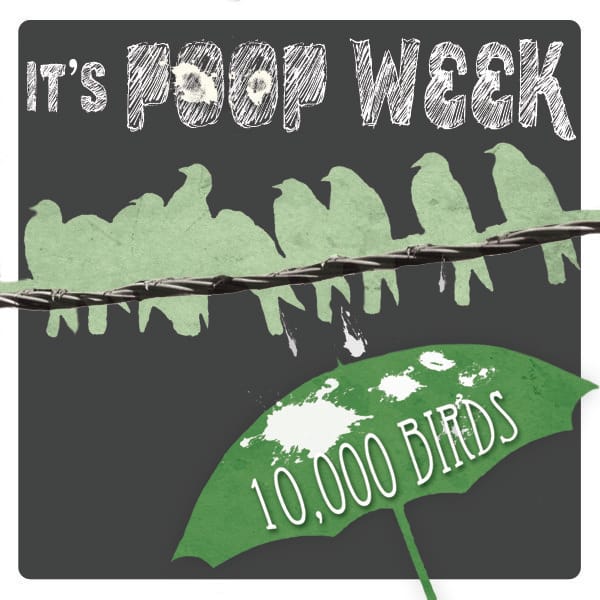 Poop Week is a week of themed posts on 10,000 Birds that cover the intersection of poop and birding, a fertile precinct if there ever was one. Rather than just discuss the horror of a pigeon dropping droppings on someone’s head we decided to really get down the nitty-gritty details of poop, to the point where it is squishing up between our toes. Not only is Poop Week a fascinating way to spend seven days in June it is also a serious attempt to elevate the level of discourse in the bird blogosphere, which, as we all have no choice but to admit, is far too low. Enjoy, and make sure to wipe up afterwards, would you?
Poop Week is a week of themed posts on 10,000 Birds that cover the intersection of poop and birding, a fertile precinct if there ever was one. Rather than just discuss the horror of a pigeon dropping droppings on someone’s head we decided to really get down the nitty-gritty details of poop, to the point where it is squishing up between our toes. Not only is Poop Week a fascinating way to spend seven days in June it is also a serious attempt to elevate the level of discourse in the bird blogosphere, which, as we all have no choice but to admit, is far too low. Enjoy, and make sure to wipe up afterwards, would you?
________________________________________________________________________________________

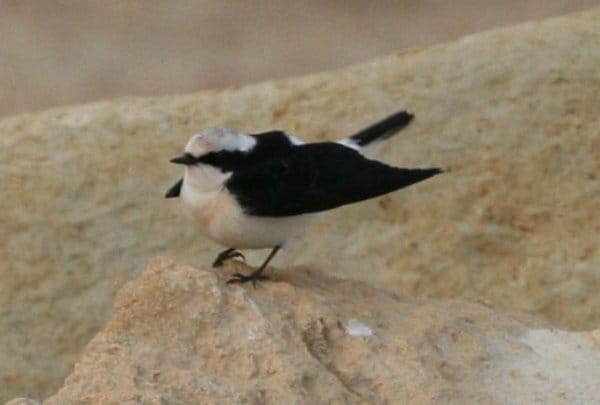




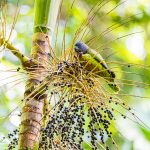
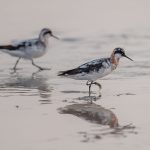

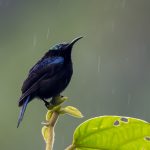
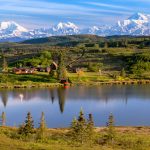
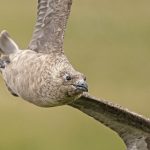
I did not want to like this post. And yet…. I found it sort of fascinating.
Thanks.
Great stuff Jochen-do you think we might cover “the birds and the bees” in the future?! 🙂
I’m still thinking about how much money I could be making in appearance fees if I was an Eskimo Curlew.
Thank you! This was really fascinating and presented in a way that clear and helpful. I’ll look at bird poop very differently. 🙂
“let’s get down to the hard facts – and the soft ones, too…..”….you certainly made me smile this morning (hard because I only got 3 hours of sleep)….great post Jochen!
Great poop info. I always wondered why that white stuff, uric acid, was so damaging to car finish, metal, paint, etc.
Absolutely fascinating. But I, unlike Nate, did want to like this post. And I did!
@Everyone: Jochen asked me to let everyone know that he is away and not plugged into the net for awhile…I am sure that once he gets back he will pleased to see how much you all enjoyed this post (as I did).
Very informative. Nice bit of knowledge that not many people know, great blog. Made the seemingly complex simplicities simple.
Birds are soooooooooooooooooooooooooooooooooooooooooooooooooooooooooooooooooooooooo cute
I have been searching the internet for the correct term for bird poop very unsuccessfully! I know for a hawk, it is called “slice” and for a falcon, “mute”. But what about a pigeon? or a Goose? I don’t believe they are all grouped together as “droppings” so, someone, somewhere must have this information. Would be so grateful to know where to find it. Thank you
I live with a bird…an Gray Amazon Parrot….who poops all the time…I know that they only have one poop shoot…and that urine and excrement comes out together…I just figured there was a technical term for the combined “dropping” besides just poop….though I have to say, I have never heard of it called anything but poop…so the posting by Cheryl Ann was news to me…hawks are my favorite bird…I didn’t know they had a special name for their poo………thanks Cheryl Ann…..happy bird watching….
So where is the connection to PSITTACOSIS ????
(parrot fever etc.)
So in describing some footage I took regarding a Western Blue bird, could I use the phrase, “blue bird beats the urea out of tree swallow” and be correct with that usage? Or is it best to say “beat the uric acid out of the tree swallow”?
So is there a verb form? For example can I say ‘Hey! That bird just urated on me’? Excreted on me? Emptied its cloaca on me? Ejected metabolic waste on me? Seriously. I give presentations with birds and generally use the word ‘pooped’, but it would be nice to have a scientific term. Great article.
Also see 2019 Science Daily article,
https://www.sciencedaily.com/releases/2019/09/190924175704.htm where the summary says “Prevailing wisdom ranks uric acid as the primary ingredient in bird excrement which is comprised mostly of urine. … But according to new research, uric acid can’t be the answer. That’s because there is no uric acid in excreted bird urine.”